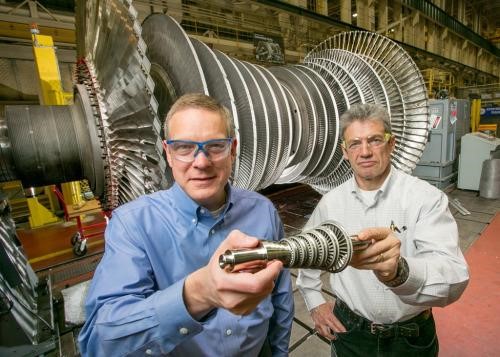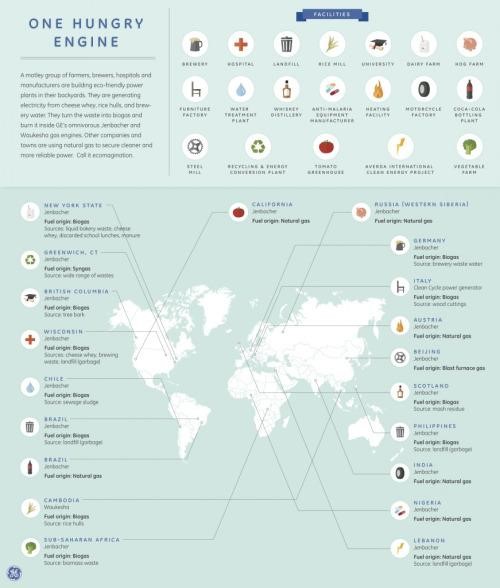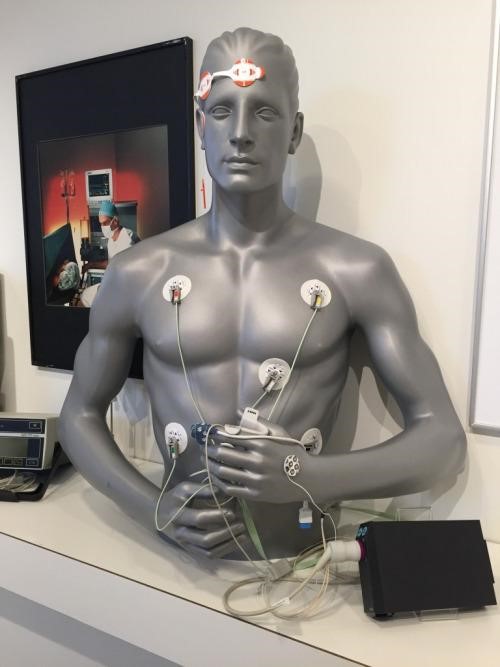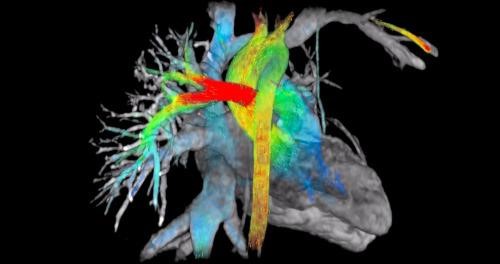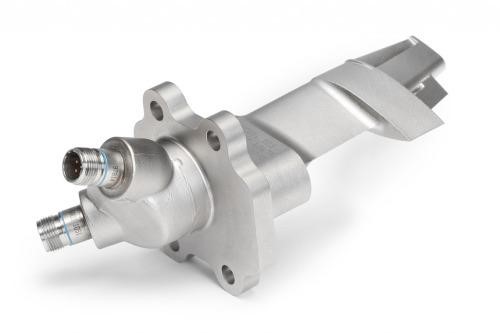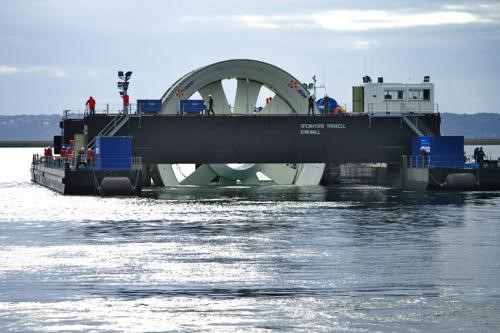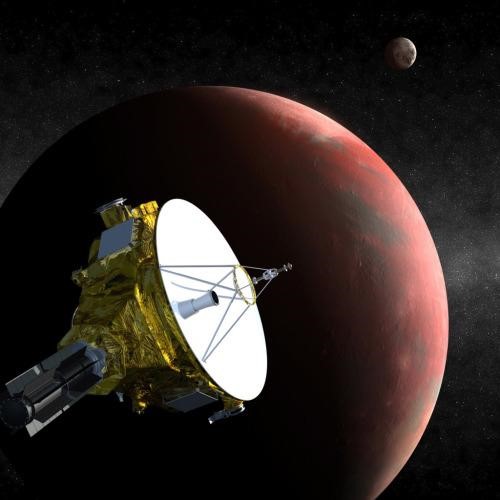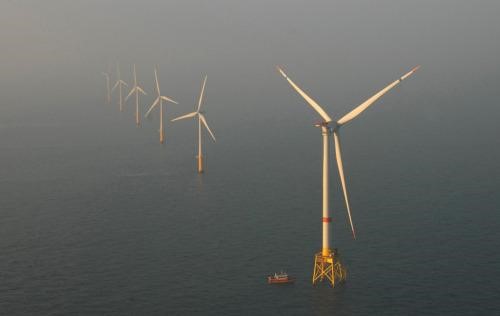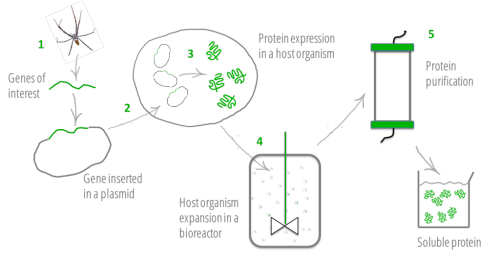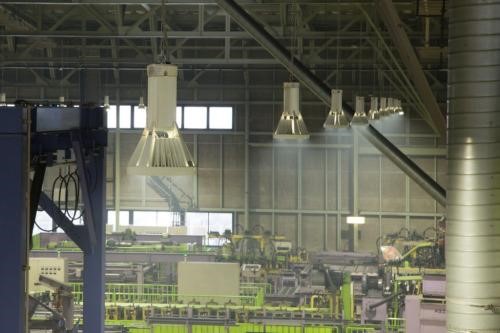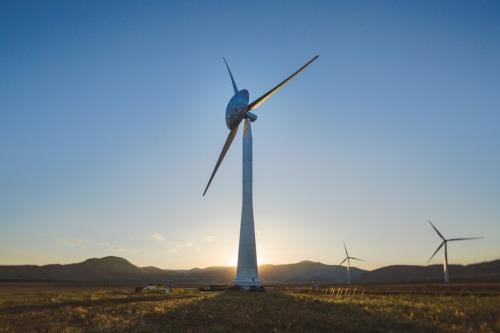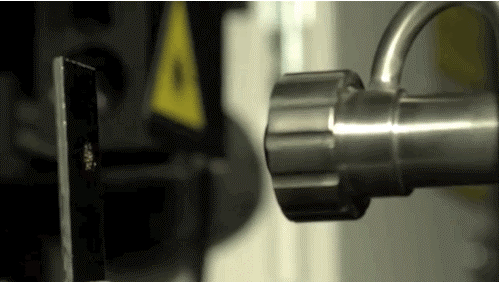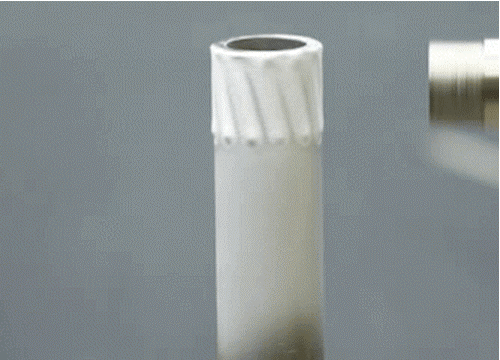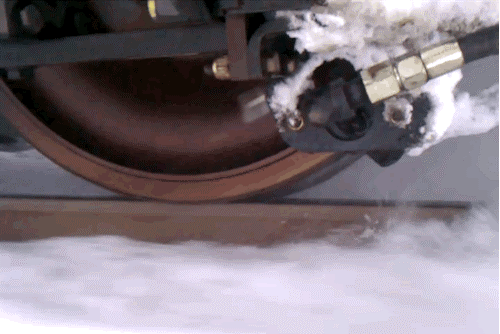There were many tech stories that caught our eye in 2015. Here are 19 examples that either touch on GE technology and research or received funding from the company. They stretch from the depths of the human genome to edge of the solar system. Take a look:
Scientists around the world have been experimenting with a powerful new tool called the CRISPR-Cas9 system, which has begun to open up the possibility of rewriting faulty or unwanted human, animal and plant DNA.
Europe is using so much solar energy that a partial eclipse that swept over much of the continent in March tested its power distribution system.
Neuroscientists are making important advances with brain implants. They allowed a paralysed woman to control a robotic arm with her thoughts.
GE scientists shrunk and 3D printed a steam turbine originally designed to generate electricity. The smaller version can efficiently remove salt from seawater. The system could one day reduce the cost of desalination by as much as 20 percent and bring desalination technology to places that cannot afford it today.
Philippine farmers in Bacolor, Pampanga, just north of the capital Manila, have plenty of grassy land to grow cattle, but the town’s meat factory needs electricity to process the beef and send it to market. It turns out that a clever solution that feeds biogas made from the grass to an omnivorous Jenbacher engine can keep the lights and machines on. Engines like the Jenbacher, which can burn biogas from many different sources of fuel, could be a key to bringing electricity to parts of the world that still remain mostly dark after sunset.
A company called Neuronetics is using a non-invasive technology called “transcranial magnetic stimulation,” or TMS, to help patients battle depression. TMS uses a small but powerful magnet to deliver electromagnetic energy to the brain tissue through the skull. “What if you could stimulate the brain from the outside, without drugs, and make it heal?” says Dr. Mark Demitrack, chief medical officer of Neuronetics.
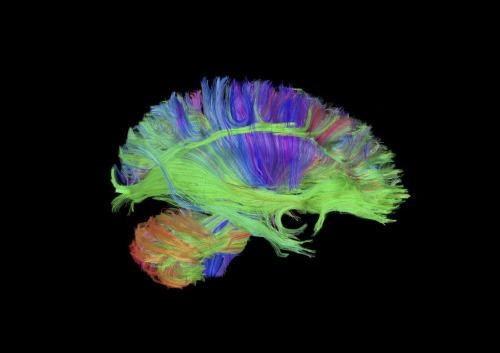
Image illustration: GE Global Research
Intelligent LED street lights developed by Current, a GE startup, are using sensors to monitor everything from traffic to air quality, parking and even street crime, and transmit the data to the cloud for analysis. The information could be one day available to app developers. San Diego and Jacksonville have already started testing the system.
Winning a Formula 1 race is no longer just about building the fastest car and the best driver. Today, teams beam data from hundreds of sensors wired in their cars to distant computer centers for analysis and insights, and then relay optimal race strategies back to the driver. This is also the idea behind the “digital twin” – cloud-based simulations of physical assets – which will soon encompass and start optimising everything from wind turbines, power plants, jet engines and even the human body.
The World Health Organisation reported earlier this year that more people die from cardiovascular disease than from any other cause. A new MRI imaging system can see the heart in 7 dimensions – 3 in space, 1 in time, and 3 in velocity direction – showing the actual blood flow in the heart as a moving image. It can help physicians distinguish scarred or damaged tissue from healthy heart muscle and tell them whether blood is flowing through the heart the way it should be. The system is not yet commercially available.
The FAA cleared the first 3D-printed part to fly inside a GE jet engine. GE engineers also 3D-printed all of the components for a miniature jet engine, assembled it and then took the engine for a spin. Advanced manufacturing techniques like 3D printing will be going mainstream in 2016.
The tides are a perfect and perfectly predictable source of renewable energy. But until now, the technology to tap their power has been too expensive. That’s changing, however. France and the U.K. have both started building new tidal power plants. The tides are caused by the gravitational pull of the moon. After tapping electricity from the sun and the wind, moon power is finally within reach.
When the New Horizons spacecraft finally buzzed Pluto at roughly 30,000 mph last summer, it sent back snaps of untamed plains and jagged ice mountains. The pictures of the dwarf planet at the edge of the solar system traveled the expanse of space thanks to a 125-pound power plant that doesn’t know the meaning of quit. It was originally designed by GE’s space division.
A company in Rhode Island started building America’s first offshore wind farm. It will include some of the world’s largest offshore wind turbines. When completed in late 2016, the farm will generate a combined 30 megawatts of electricity — enough to supply 17,000 homes.
The Stockholm-based biomaterials company Spiber Technologies is using genetically engineered bacteria and GE protein purification technology to produce large quantities of spidroin proteins found in spider dragline silk. It then customizes them for a variety of applications. “Man-made spider silk can be adjusted to contain specific parts that bind to cells and promote wound healing, thereby enabling use within fields of tissue engineering, diagnostics and cell culture,” says Kristina Martinell, Spiber’s production director. “In short, it’s a tailor-made biomaterial.”
Japan is famous for innovation. But, like many countries in the Pacific, it must also cope with earthquakes and other fierce forces of nature. Now one local company has merged insights from both and built what could be one of the world’s first “disaster-proof” factories.
GE’s latest wind turbine prototype rises 450 feet from base to blade tips – almost half the height of the Eiffel Tower – and has a large spinning silver aluminum dome bolted to its rotor. “It almost looks as if an UFO got stuck on the face,” says Mike Bowman, the leader of sustainable energy projects at GE Global Research. “But the dome could be the future of wind.” If experiments confirm wind tunnel data, the 20,000-pound dome, called ecoROTR, could lead to larger and more efficient turbines. “As far as I know, there’s nothing like this in the world,” Bowman says. “This could be a game changer.”
More than a decade after the last flight of the supersonic Concorde, NASA has invested $2.3 million into eight projects seeking to overcome barriers to commercial supersonic flight. The goal of the new work is to make supersonic flight greener by reducing high-altitude emissions and to cut down on the noise from sonic booms, the extremely loud report from a shockwave created by an aircraft flying faster than the speed of sound.
Over a decade ago, the Human Genome Project gave us the first blueprint of our genetic code, opening the door to a future where medical interventions could be personalised for each patient’s genetic composition. Today, programmes like theHuman Protein Atlas are zooming in even deeper, mapping out not just the DNA that defines our bodies, but also the building blocks – specifically, the proteins – that make us tick (or sick). A team of scientists led by Mathias Uhlén of the KTH Royal Institute of Technology in Stockholm, Sweden, published the first comprehensive open-source map of 17,000 human proteins, showing where they are, and how they function in the human body.
Scientists at the GE Global Research found a futuristic way to fix things: blowing metal powder at four times the speed of sound onto parts in need of service. “The tiny bits of material fly so fast they essentially fuse together when they hit the target,” says Gregorio Dimagli, materials scientist from Avio Aero, a division of GE Aviation. “Unlike welding, you don’t need to apply heat to make them stick. The bond happens on the atomic level. That’s why we are so excited.”
GE train engineers built a software-guided high-tech air blower that directs high-pressure air moving at supersonic speeds in front of the lead axle of a locomotive, blasting away snow, rain, sand and other debris. The system has increased the tonnage hauled by a locomotive by the equivalent weight of pulling four extra jumbo jets. This could help railroads run longer trains and move more goods more efficiently.
This post was originally posted on GE Reports.












